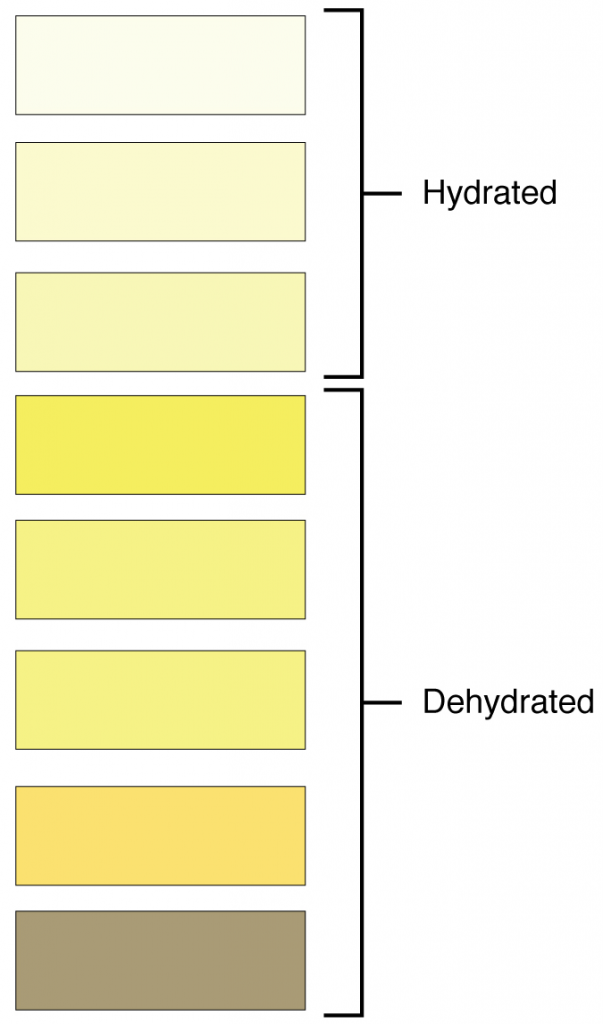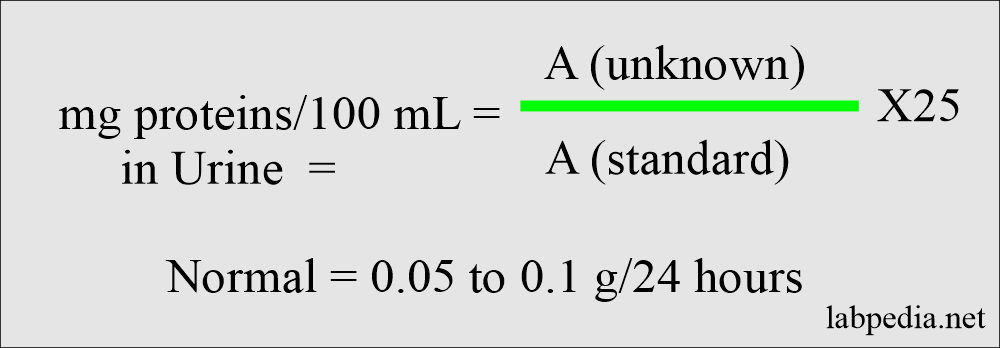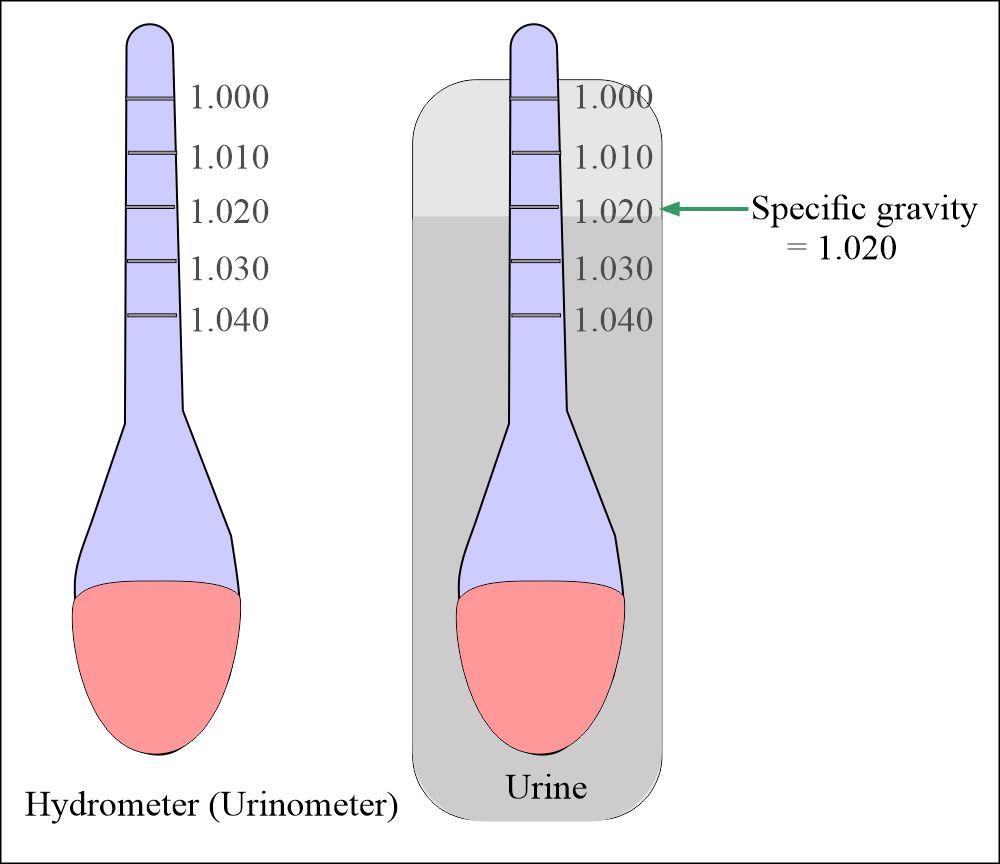It affects middle age men more than young adults. Sodium comprises 65mmolL of this initially.
How Similar Are Sweat And Pee Quora
Heavy metal contents in sweat and urine per 100 gm Lead μg sweat 84 vs urine 49 Cadmiumμg sweat 65 vs urine 065 Cobalt μg sweat 12 vs urine 06 Nickel μg sweat 32 vs urine 31 Copper mg sweat 011 vs urine 001 Notes assume 2 liters of sweating capacity per day.

Chemical composition of sweat and urine. 30082017 This literature review focuses on body fluids saliva sweat and tear compared to blood and urine regarding practicality and hydration status influenced by. Urea and urate decomposed during storage. 15 rows 28012020 Creatinine C 4 H 7 N 3 O.
22092019 However perspiration also plays a role in the excretion of toxins and waste products. It is composed of water certain electrolytes and various nitrogenous wastes which are actually breakdown products of bloods hemoglobin of red blood cells. 01 meq L1 the cations Na K NH4 Ca and the anions Cl SO4 PO4 and HCO3.
12052020 Urea is generally regarded as one of the primary metabolic products evident in human perspiration along with other chemical compositions such as ammonia lactic acid or heavy metals and accounts for approximately 1 of the overall composition of sweat. It may be ten times denser than perspiration. 0670 gl to 215 gl.
2 The urea in urine which has poison in it is much more than urea in perspiration. Sweat is chemically similar to plasma but certain components are selectively retained or excreted. Dissolved in the water are trace amounts of minerals lactic acid and urea.
It contains most of the diffusible constituents of plasma. The organic substances are mainly nitrogenous organic compounds include urea uric acid creatinine and hippuric acid. Heavy metal concentrations in urine samples were low.
The human body has about four million sweat glands. Most of this nitrogenous waste is converted by the kidneys into a chemical called urea which is removed during. General Composition of Perspiration Perspiration consists of water minerals lactate and urea.
Chemical analysis of the urine provides health practitioners with information about the patients kidney and liver function carbohydrate metabolism and acid. 08012020 The total osmolality of sweat is on average about 120mosm. Chemical Composition of urine Urine composition Urine consists of water and organic and inorganic substances.
Sweat is mostly water. 3 As perspiration evaporates from the skin it doesnt leave any scope for growth of bacteria. Best way to sweat.
90 present as ammoniacal N with ammonium bicarbonate being the dominant compound. With acclimatisation to heat stress the sodium content of sweat decreases down to a sodium concentration around 5mmolL and the volume of sweat increases. 19072008 The formation of urine in the kidneys is necessary to rid the body of toxic waste.
17092020 Polychlorinated biphenyls or PCBs are organic chemicals that could precipitate numerous health problems. The maximum sweat volume is 1500-2000 mlhr or a maximum of 12 litres per day. The most abundant constituent is NaCl.
23062021 Chemical urinalysis is performed to identify or evaluate the bilirubin blood whole blood and hemoglobin glucose ketones leukocyte esterase nitrate pH level protein and urobilinogen in the urine. Water alone forms about 95 of it other substances form only 5. The pH is about 45.
Sweat is a more dilute fluid and is always hypotonic. 0163 to 180 gl. 4 From many aspects the density of urine is more than that of perspiration.
In one study toxicologists confirmed that sweating eliminates certain forms of PCBs which could protect at-risk individuals from developing serious medical conditions. According to chemical indices the formation of primary urine occurs due to more than 150 inorganic and organic constituents. 1 The colored matter which is present in the chemical composition of urine in it the poison is much more than in perspiration and such a substance is not present in perspiration.
Persistent urinary acidity decrease urinary volume hyperuricosuria and increase protein level in the diet may be the main causes of uric acid stones. The composition of the primary urine is sometimes altered the influence is. But if the skin is washed and dried sweat secreted is slightly alkaline pH 70-74.
A microfluidic model of the eccrine sweat gland provides details on what solutes partition into sweat their mechanisms of partitioning and their fluidic transport to the skin surface. About 10 - 20 of urinary stones it crystallizes in monoclinic system. Urine on the other hand is formed by nephrons of the kidneys through regulated processes of filtration.
13082020 The normal chemical composition of urine is mainly water content but it also includes nitrogenous molecules such as urea as well as creatinine and other metabolic waste components. Other substances may be excreted in urine due to injury or infection of the glomeruli of the kidneys which can alter the ability of the nephron to reabsorb or filter the different. Stored human urine had pH values of 89 and was composed of eight main ionic species.
Inborn errors of metabolism can cause uric. The lactic acid content is more than normally found in blood. Nitrogen was mainly.
Is that urine is physiology liquid excrement consisting of water salts and urea which is made in the kidneys stored in the bladder then released through the urethra while sweat is fluid that exits the body through pores in the skin usually due to physical stress andor high temperature for the purpose of regulating body temperature and removing certain compounds from the circulation.

17 1 Physical Characteristics Of Urine Fundamentals Of Anatomy And Physiology

Urine Complete Analysis Labpedia Net

The Data Analysis Spiral Data Analysis Data Analysis

Chemistry Background Chemistry How To Draw Hands Science Education

Urine Complete Analysis Labpedia Net





0 comments:
Post a Comment